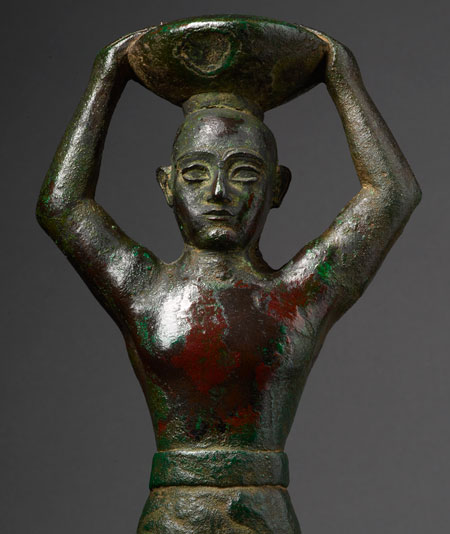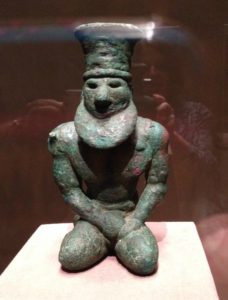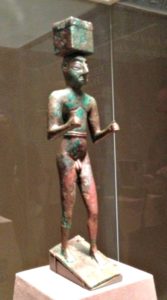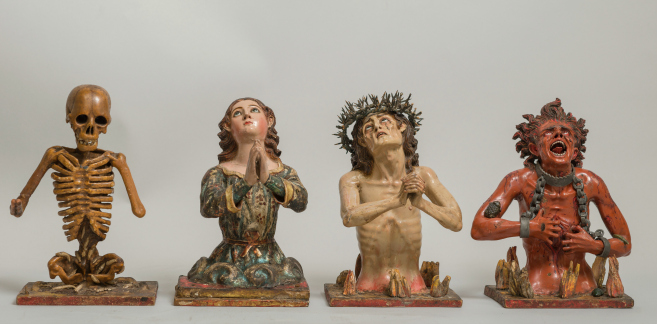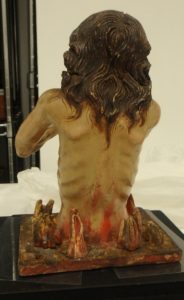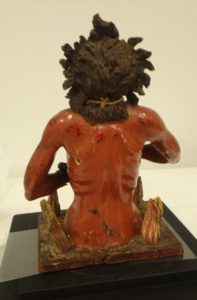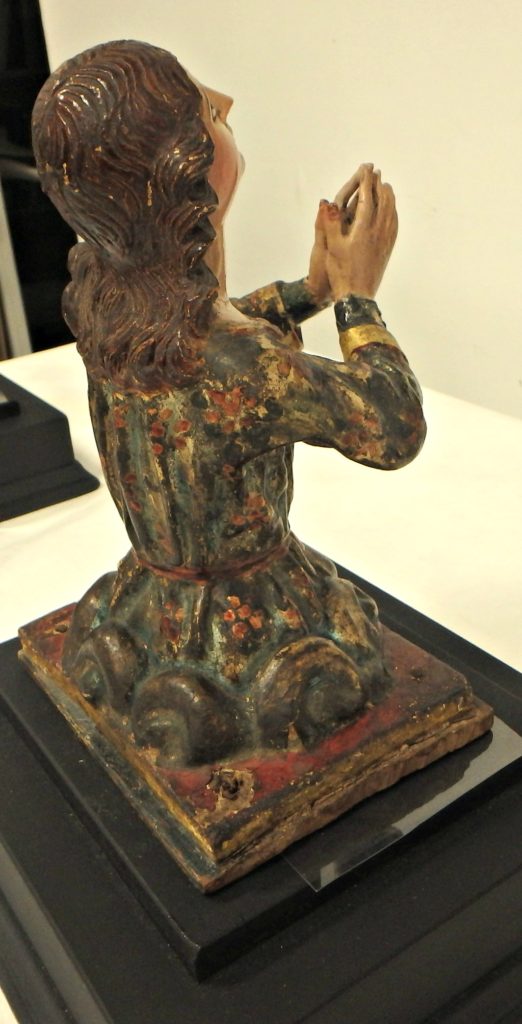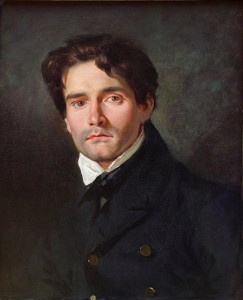 The Norton Museum of Art in West Palm Beach has, under director Hope Alswang, strived to increase the exposure to art by women. It is, for example, known for its annual “Recognition of Art by Women†exhibitions that showcase the work of living painters and sculptors. The artists chosen for that, in my opinion, have been excellent.
The Norton Museum of Art in West Palm Beach has, under director Hope Alswang, strived to increase the exposure to art by women. It is, for example, known for its annual “Recognition of Art by Women†exhibitions that showcase the work of living painters and sculptors. The artists chosen for that, in my opinion, have been excellent.
So organizing and touring “O’Keeffe, Stettheimer, Torr, Zorach: Women Modernists in New York†was a natural. I first saw it last winter at the Norton and in June I visited the same show at the Portland Museum of Art in Maine. Ellen Roberts, the curator, chose these four because they all knew one another, lived for a time in New York, and faced prejudices against women of their day. The show considers about 60 works made between 1910 and 1935. My review of the show was published last week by The Wall Street Journal. (Or go here.)
Because it was an “argument” exhibit–putting forth the case that these women would have had different, better reception, and would now be ranked in higher places in the art historical canon, had gender not been an issue–I was duty-bound to consider whether it lived up to that assertion. I found that it did not–not quite. Torr remains a minor character, and so does Zorach–though both of them, in my opinion, had talent.
But that doesn’t mean it isn’t a good exhibition. I’m glad the Norton organized it and, in particular, gave museum-goers an opportunity to see more of Zorach’s and Torr’s work. We know the other two much, much better.
![Torr-OysterStakes-Heckscher[1]](http://www.artsjournal.com/realcleararts/wp/wp-content/uploads/2016/08/Torr-OysterStakes-Heckscher1-300x224.jpg) Seeing the same show in two museums was, as usual, enlightening–illustrating just how important space is. At the Norton, after an introductory gallery, each artist was showcased in her own gallery. The downside: there was little incentive for viewers to compare and contrast. Portland, working in a different and more difficult space, reshuffled the works thematically and mixed the work of all four to show the many faces of modernism. The downside: there wasn’t much of a dialogue in the works of the four artists. Torr and O’Keeffe share an aesthetic, but the others are very different.
Seeing the same show in two museums was, as usual, enlightening–illustrating just how important space is. At the Norton, after an introductory gallery, each artist was showcased in her own gallery. The downside: there was little incentive for viewers to compare and contrast. Portland, working in a different and more difficult space, reshuffled the works thematically and mixed the work of all four to show the many faces of modernism. The downside: there wasn’t much of a dialogue in the works of the four artists. Torr and O’Keeffe share an aesthetic, but the others are very different.
I preferred the Norton installation.
For me, who likes and appreciates the work of all four artists, I came away with a greater appreciation for Zorach than I had before. Her range was broad; she painted well in many styles. It really is too bad that she curtailed her career for family and put her husband’s career first. I think she was probably the better artist.
Her Provincetown, Sunrise and Moonset, from 1916, is above left, while Torr’s Oyster Stakes, from 1930 is below right.

